The “2016 Global Service Design & Innovation Forum” was recently held in Shenzhen, China on 15 May 2016. The SDN Beijing chapter was co-organizer, and convened 11 international leading experts as the keynote speakers to give their insights on the importance and potential for service design in China.
SDN Management Board member Jesse Grimes was invited to the forum to provide an introductory and international perspective on service design. Other speakers included Prof. Guosheng Wang from SDN Beijing, Prof. Richard Buchanan from Case Western Reserve University, Paul Thurston from PDR, Jason Sun from Continuum and Krung Ran Choi from Techno Design graduate school at Kookmin University in South Korea. Expert speakers from China were: Xiaobo Lu, Ning Liu, Guanzhong Liu, Dongliang Chen, Renke He.
The successful forum was considered as a watershed moment for service design in China, underscoring the importance of the discipline as the Chinese economy transitions towards services. The innovative aspects of service design offers new concepts, design methods and tools for tackling present problems, as well as creating new chances for Chinese industrial development.
Part of the larger China (Shenzhen) International Cultural Industry Fair (ICIF), the forum was strongly supported by the Bureau for External Cultural Relation and the Chinese Ministry of Culture, attracted over 300 attendees from both industry and academia. The event triggered significant coverage in local media, with several full newspaper pages reporting positively on the event: “Service design — a new era is opening in China”.
Following the forum, SDN Beijing will launch a manifesto, as the opportunity to further promote the initiative to the Chinese design community.


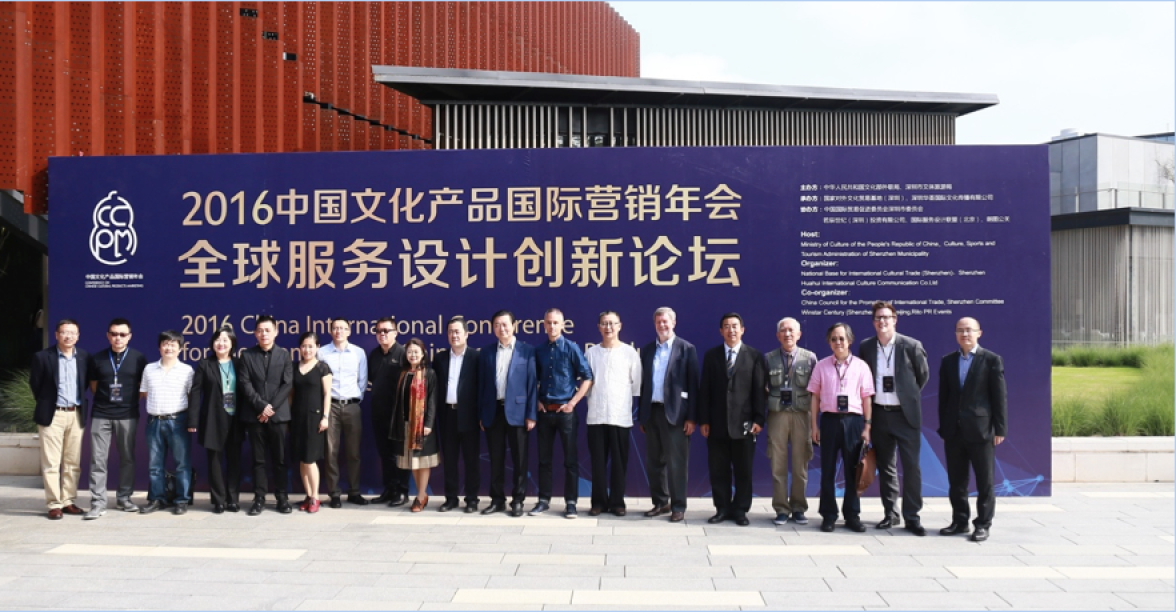
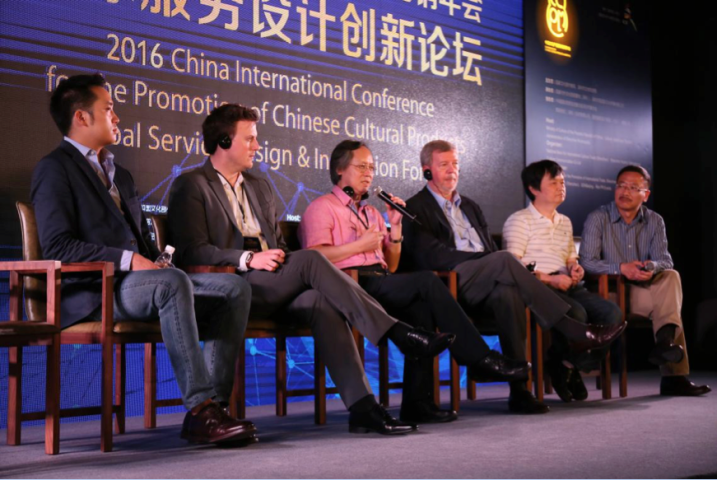
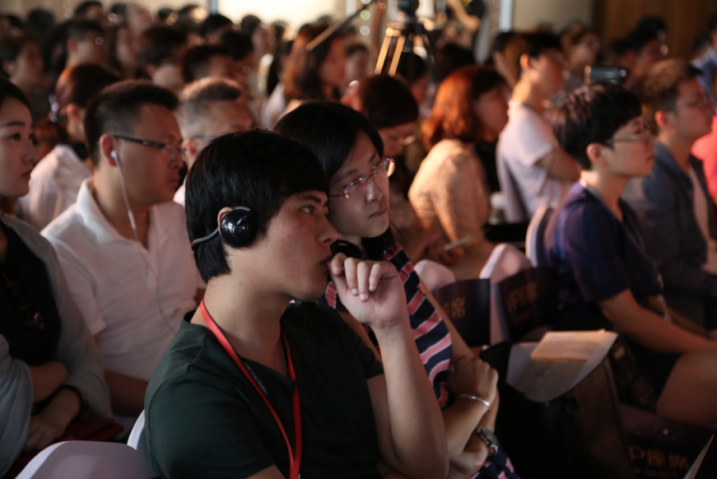
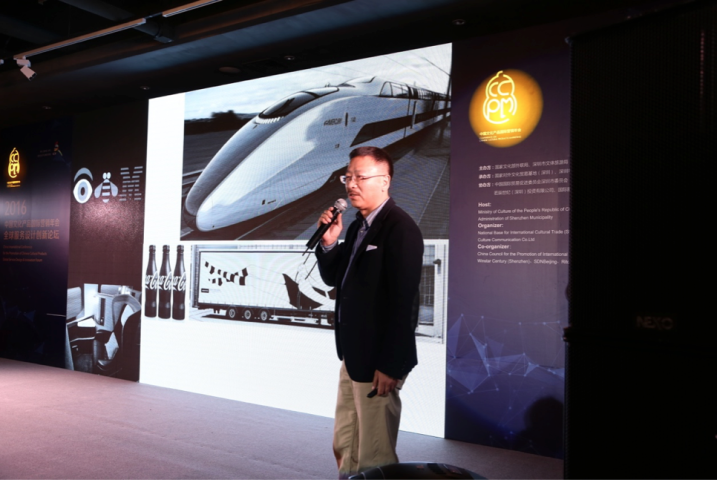
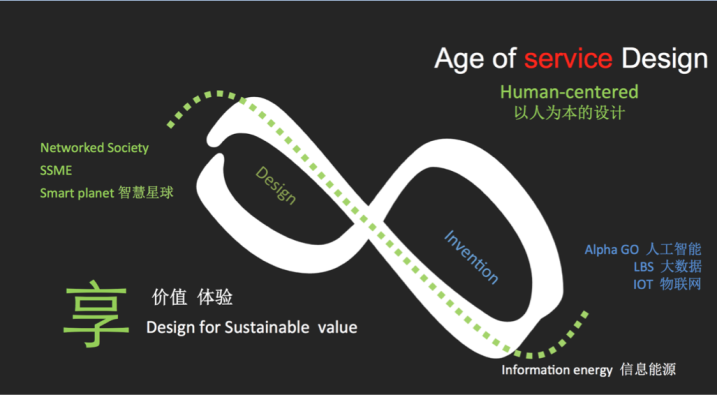
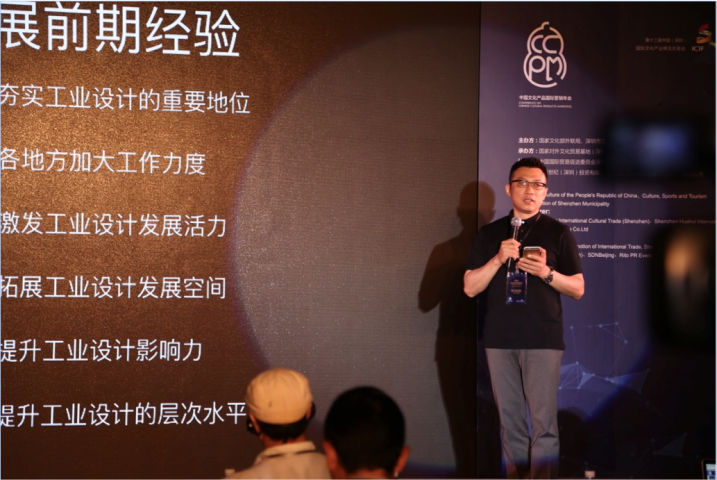
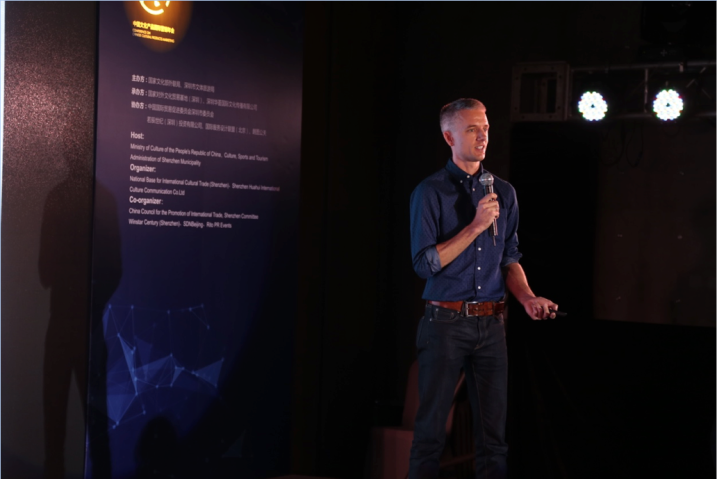
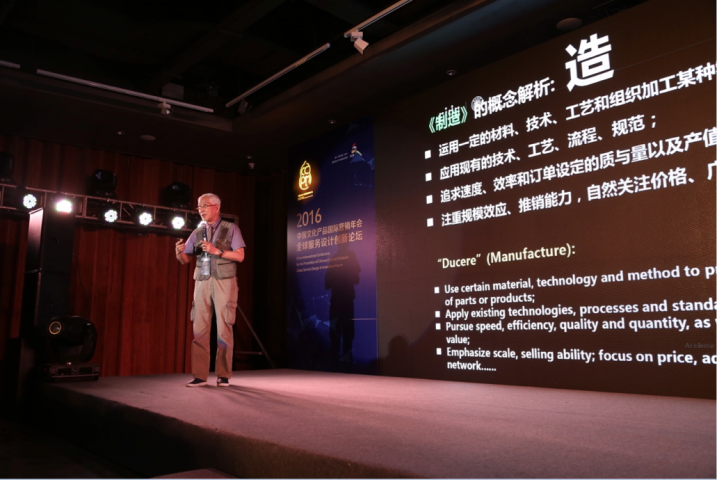
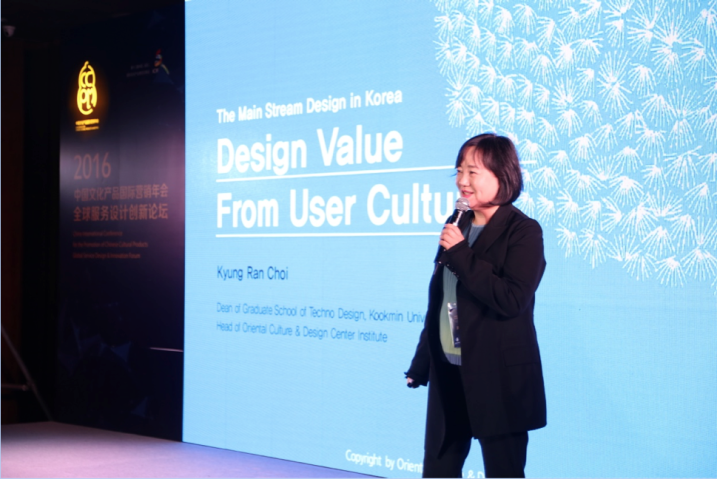
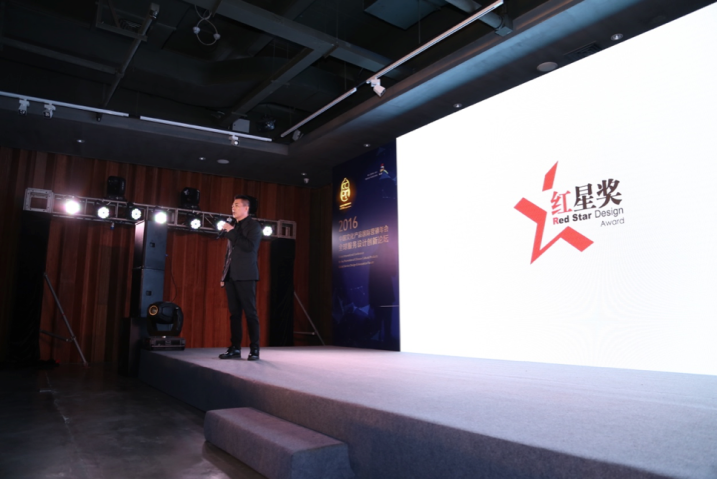
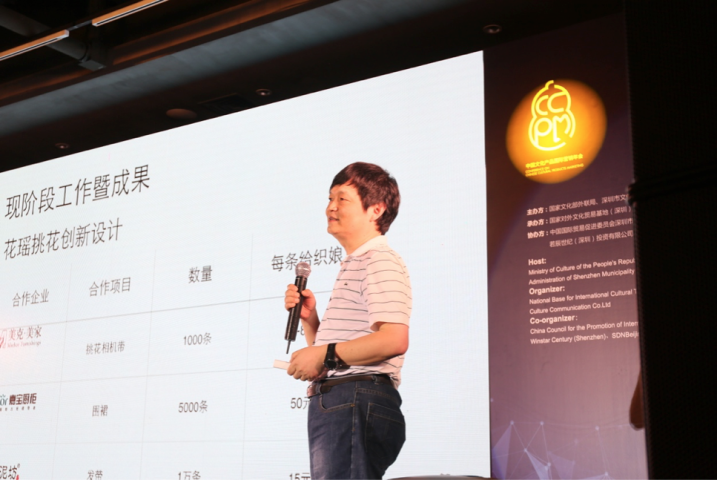

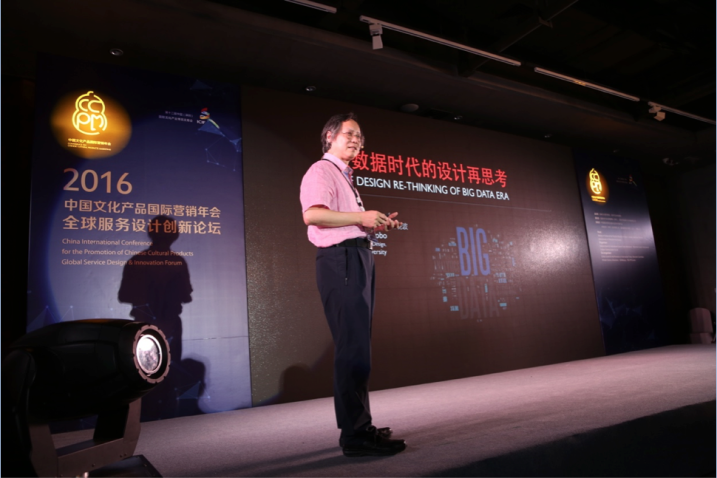

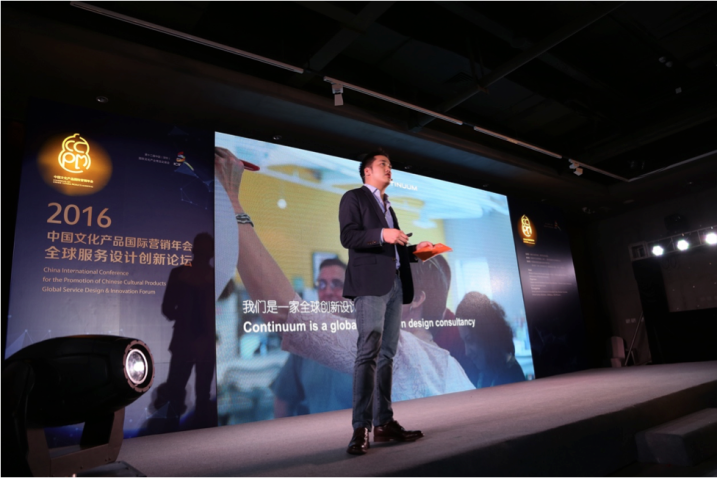





Share your thoughts
0 RepliesPlease login to comment